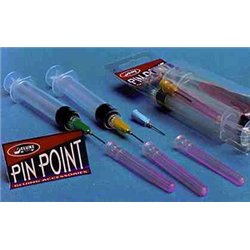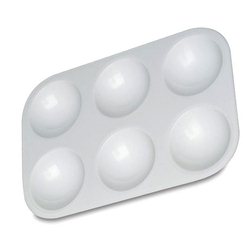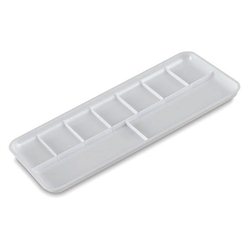Mainline Railways was a British model railway brand that operated between 1976 and 1983, introduced by Palitoy, the...
No products
Product successfully added to your shopping cart
There are 0 items in your cart. There is 1 item in your cart.
Search Tips
Easter shipping
Please note that couriers are not collecting on Friday 18th and Monday 21st April.
Orders will be dispatched on Tuesday 22nd April
Should I use a palette for painting?
If you are using small pots of game paint, it is fine to give it a good stir and use straight from the pot.
However a palette is ideal for paints that come in eyedropper bottles as it allows you to give the paint a bit of a stir as well as the necessary initial shake of the bottle.
Palettes are also handy when wanting to mix paint colours or even mixing dry pigments.
Here is a top tip: When you go to use your palette put a piece of aluminium kitchen foil over the top, form the foil to contours of the palette. You now have a disposable foil palette over the top your nice clean one. So, the following day after your paint marathon you can simply remove the foil from the palette leaving your nice clean palette. No wasting time having to wash your palette off every time you start a new task. But don’t throw that foil away, simply turn it over and form a new one, that’s two palettes out of one piece of foil.
I think a lot of modellers that use the eye dropper type bottles tend to count how many drops of paint they are adding to the palette for measuring purposes.
With the wargame pots it is advisable to measure the amount of paint you are adding to the palette by using a syringe to draw the paint up from the paint pot and add the correct amount of paint required to the palette This is ideal when mixing and blending colours.
To clean the syringe simply draw up some water. I use my used brush water to squirt through the syringe to remove most of paint, check to see if it is clean, then pump fresh brush water through the syringe.
Click here to receive the tips weekly in your mailbox. You can unsubscribe at any time.










